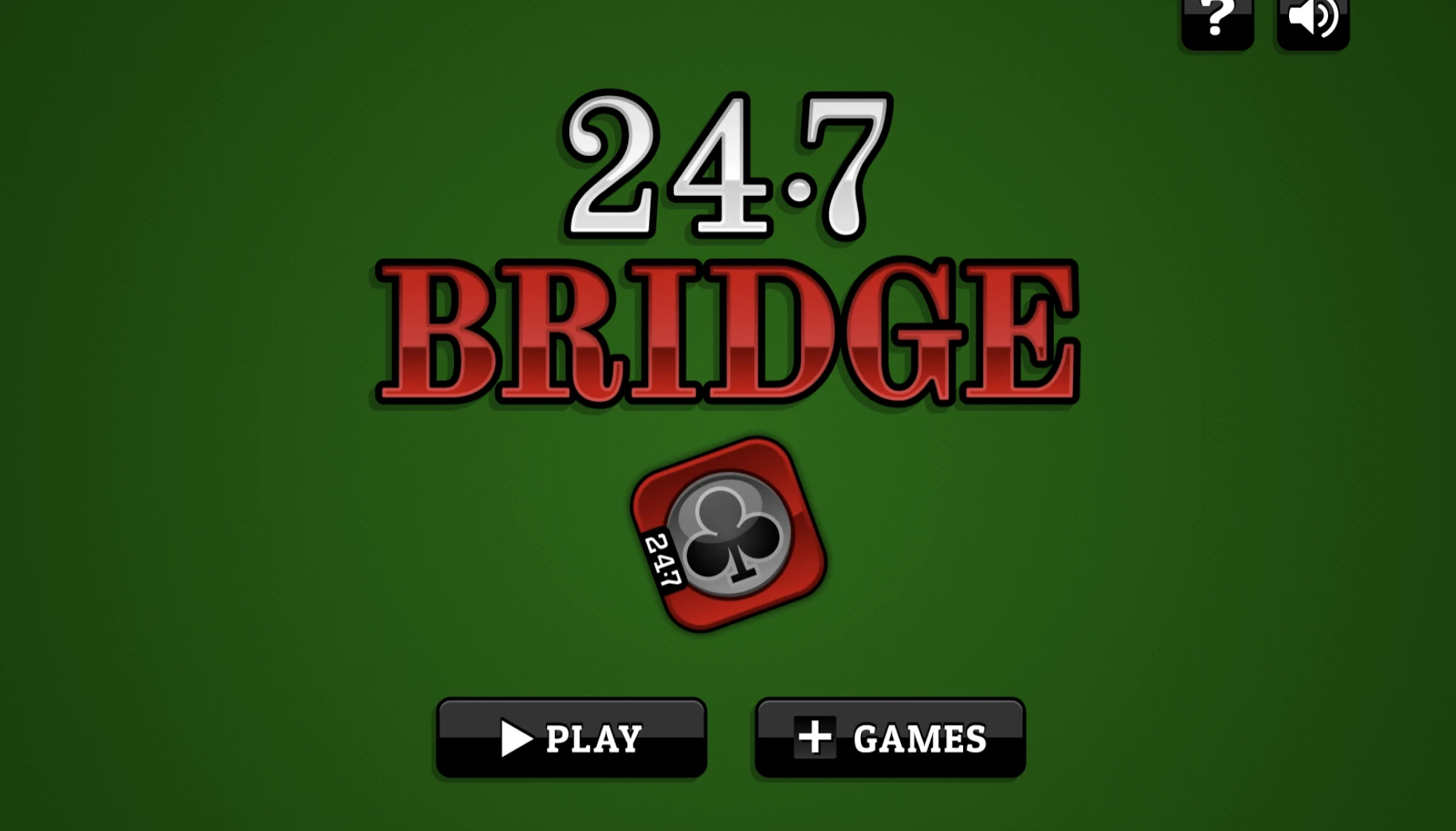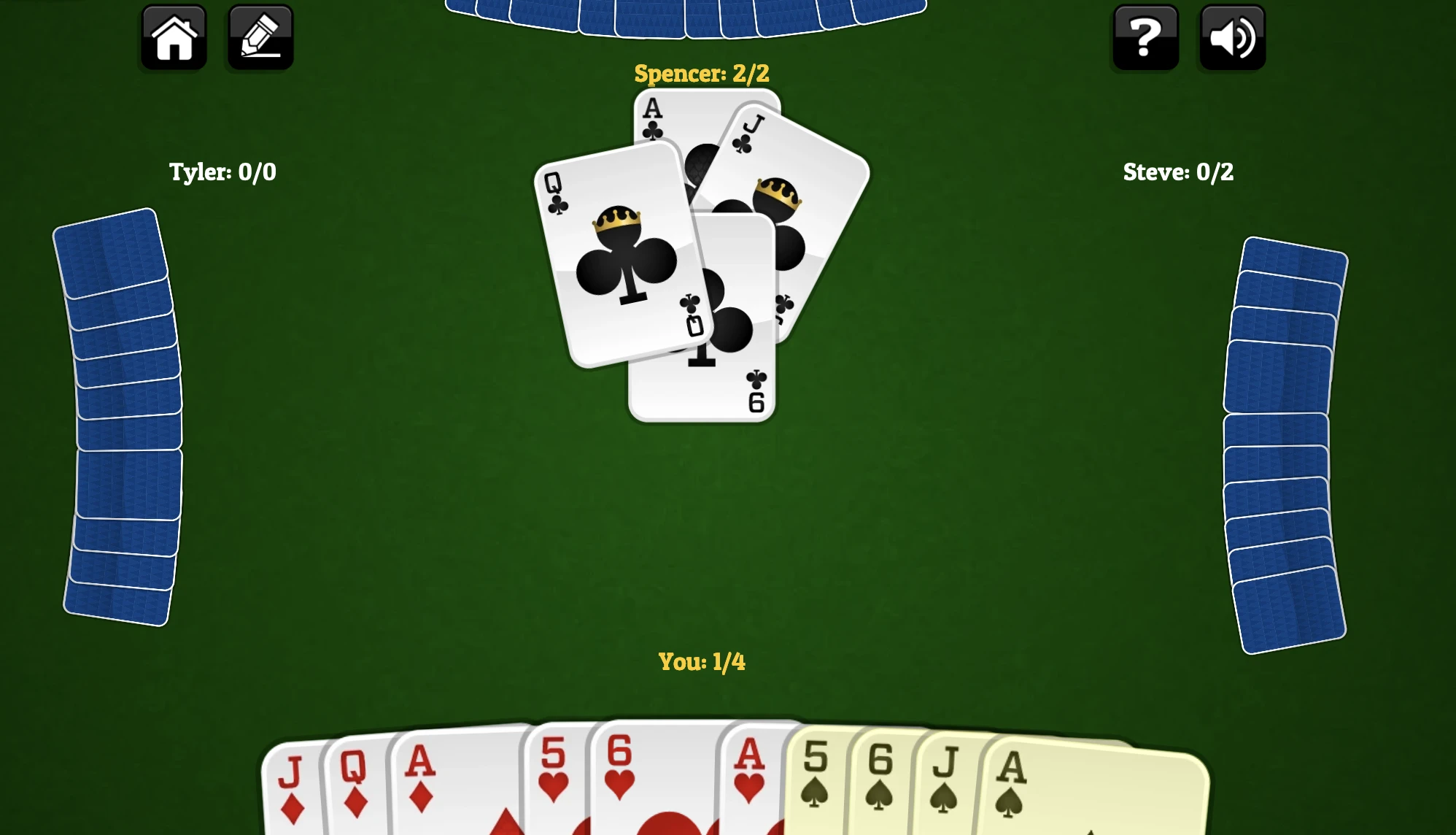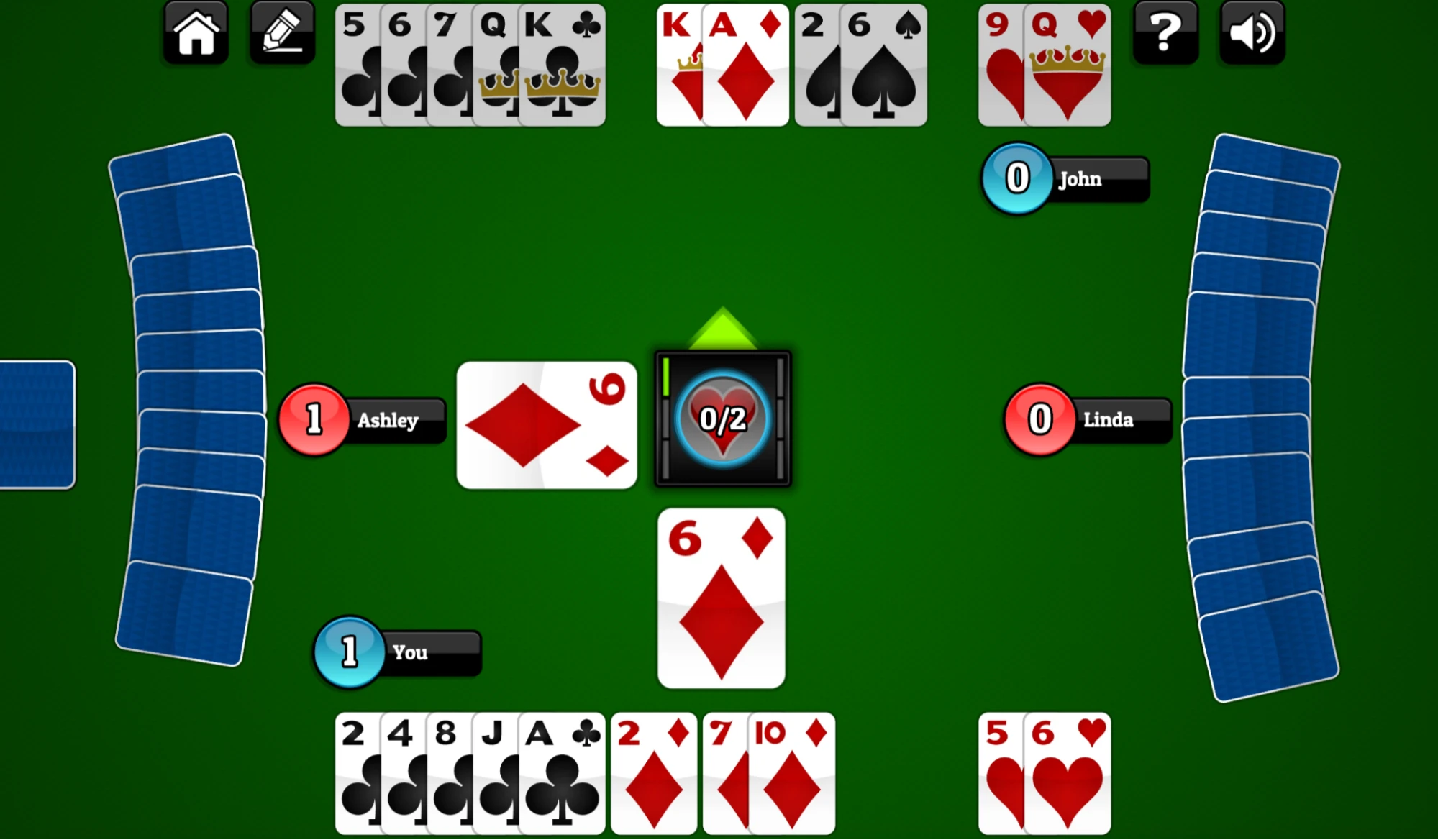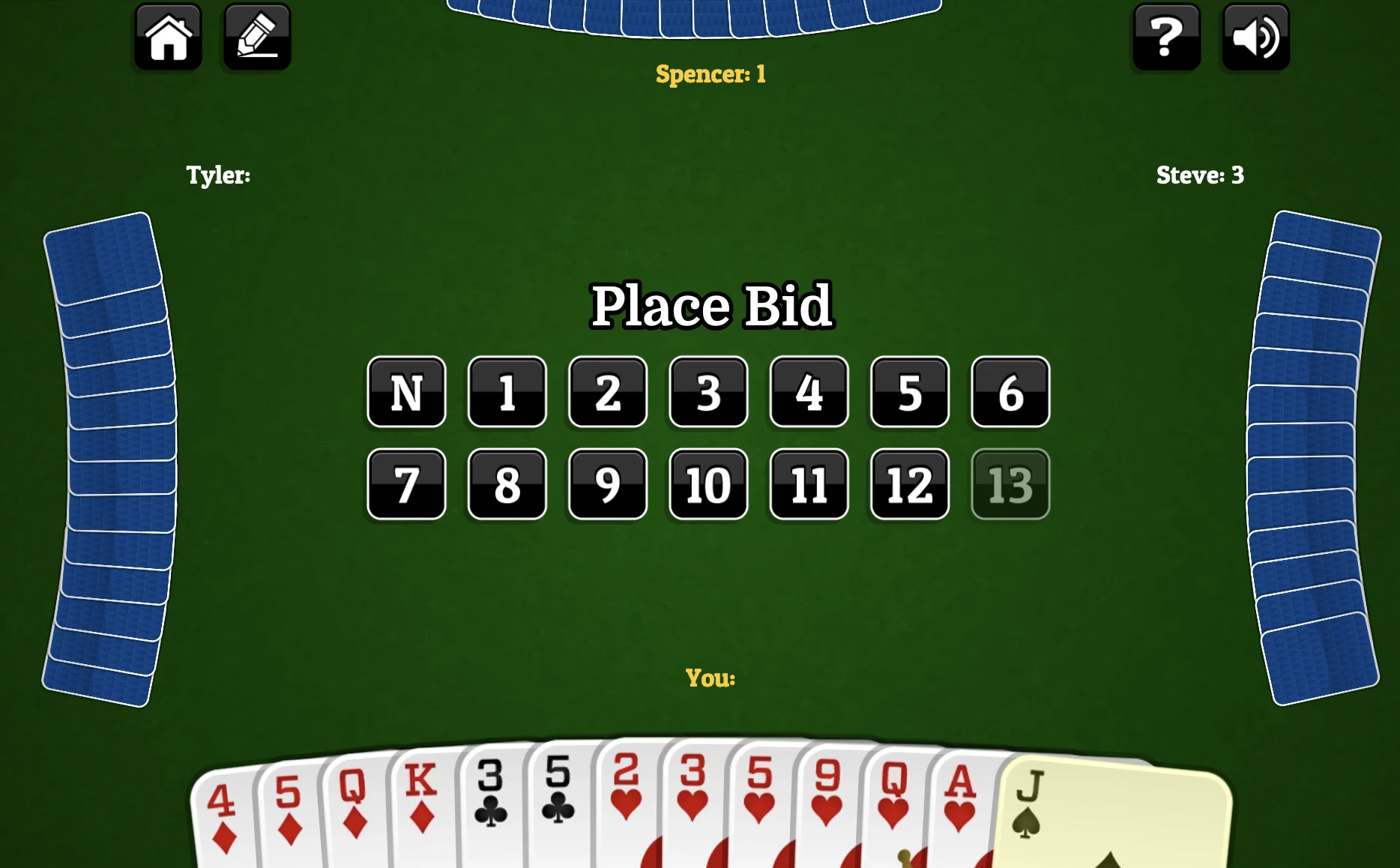Spades vs Bridge: Which Card Game Tops the Chart?

Whether you’re new to trick-taking card games or looking for a new game of choice after playing something like Hearts, both Spades and Bridge are fantastic choices. But which of the two is right for you?
To answer that, it’s important to consider both the similarities and differences between the two. Here’s all you need to know to make an informed decision.
What Are Bridge and Spades?
Bridge and Spades are two very popular trick-taking card games played by millions around the world. Both games have been played in offline settings for generations and can now be enjoyed online for free in any season thanks to 247 Bridge.
Key Rules of Bridge
Bridge is often seen as a daunting game at first due to complex bidding and scoring, but the playing of hands is relatively simple. So, once you have played a few hands and get to understand the scoring system, you can play without many mistakes. The most important rules of Bridge are;
- Bidding is used to determine which team is the Declarer and which will Defend.
- The bidding process is also used to determine the trump suit for the upcoming hand.
- The declarer’s partner will place their cards face up for all players to see, and essentially sits out of the hand.
- Declarer must play both their hand and their partner’s hand.
- Cards ranked from Ace (high) to 2 (low).
- The winner of each trick is the highest-ranked card, with trump cards beating any cards from the other three suits.
Once you get used to one declarer playing two cards and one person virtually sitting out of the hand, trick play within Bridge is easy to follow.
The bidding process, also known as the auction, involves rounds. The auctioneer starts with the minimum bid and players can either bid or pass. Once three players pass, the person that has bid will be the Declarer - which also impacts their teammate - and will be tasked with winning as many tricks as they have bid for. The maximum number is 13 because 13 tricks are played in the hand. During each phase of the auction, each player chooses one of the four suits too.
Whichever suit is chosen by the Declarer becomes the trump for the hand.
It is also possible to double or redouble during the auction which multiplies the points given during the scoring process.
As for scoring, if the Declarer’s team meets the specified bid, they will gain points. If they fail to meet it, the Defense is awarded points instead. It gets a little complex, but the main point is that you score 30 points for Hearts/Spades and 20 points for Diamonds/Clubs on additional tricks. However, issues like doubling and redoubling - as well as Declarer vulnerability - will impact the overall hand score.
The scores of each hand are recorded. The game is over when one team scores enough points to hit the predetermined target.
Key Rules of Spades

Despite the fact it features many of the same mechanics, Spades is a simpler and more accessible card game. The key rules to consider are;
- Players bid on how many tricks they think they will win.
- Spades are the fixed trump suit.
- Card rank from Ace (high) to 2 (low).
- The winner of each trick is the highest trump card or, if no trump is played, the highest lead-suited card.
- You cannot lead with a Spade on the first trick or until a Spade has been played in a previous trick, which is known as “breaking Spades”.
Scoring is linked to the bidding phase. A player that meets the number of tricks they bid will get 10 points per trick. So, if they bid for five tricks, they’ll win 50 points. Conversely, a player that doesn’t meet their bid loses 10 points for each trick. So, if they bid for five tricks, they’d lose 50 points. When a player surpasses the bid amount, they get a ‘bag’ for each additional trick. So, two bags if they won seven tricks following a bid of five.
Scores are added up at the end of each hand. The winning team is the first to reach a predetermined score - usually 200 or 500 depending on how long you want the game to last.
Similarities Between the Games
At a glance, Bridge and Spades have many shared features, which is why most players that master one of the titles find it relatively easy to understand the other. An estimated 78% of the population play cards, with both of these games featuring prominently. Here are some of the similarities between them.
- They are both trick-taking card games that use a standard deck of 52 cards.
- Both Bridge and Spades are traditionally played by four players.
- They also focus on two pairs of players, with teammates sitting opposite each other.
- Both games combine strategy and skill with a little luck.
- They are both very popular online games, against either AI or human opponents.
- Both games descend from Whist, which dates back to 1529.
- They feature four stages in each hand - dealing, bidding, playing, and scoring.
Given that they are both from the same trick-taking card game family, it’s not hard to see why the two games are often compared. Moreover, they develop many of the same skills - such as critical thinking, logic, and memory.
Major Differences Explained

If Bridge and Spades are to be considered family members, it could be argued that the former serves as the big brother. This is because the game is more complex, sophisticated, and challenging, which gives some explanation as to why Spades often attracts younger audiences.
The major differences between the two games are as follows;
- Bidding - in Bridge, bidding takes place in rounds until players drop out (pass). In Spades, each player makes a single bid (blind or after seeing their cards).
- Trick target - in Spades, each player simply wants to hit their own target set from the bid. In Bridge, the Defense has to stop the Declarer from hitting their target.
- Trump suit - as the name suggests, Spades are always the trump suit in this game. In Bridge, however, the Declarer sets the trump suit for the hand during the auction.
- Dummy - the Declarer’s partner (dummy) sits out with their cards facing up while the Declarer has to play both hands.
- Scoring - the scoring for Bridge is more complex as the suit, vulnerability, and doubled status all impact the scoring.
- Strategy - because the Dummy’s cards are on show, there is arguably more logic in play. Bidding is more strategic as the rounds allow you to work with your partner.
Ultimately, the trick play in both is easy to understand after a few hands. However, the bidding and scoring can take a lifetime to master in Bridge. For Spades, though, it should only take 2-3 full games to understand everything.
Which Game Should You Play?
Both Bridge and Spades sit at the top table of trick-taking card games, and most fans will dabble with both during their lifetime. Still, the vast majority of players will have a clear. So, which is right for you?
If you want an accessible game that you can master with relative ease while also introducing friends to it, Spades is probably the answer. Its casual play and less sophisticated bidding process are a firm favorite with players who predominantly seek some simple fun with friends or a quick way to pass the time online.
Conversely, if you seek a complex game that involves deep analysis and strategy starting from the bidding process and all the way through play, Bridge is the answer. While it can certainly provide fun too, Bridge is also the far more common choice for competitive play including money games and tournaments. Even online play against the computer tends to deliver a more competitive challenge.
Ultimately, there is no right or wrong answer to which game is best. Once you determine which delivers what you look for in a card game, years of fun will follow.

Tips to Master Both Games
Whichever trick-taking card game you select, there’s no doubt that it’s more fun to win. Therefore, you should be eager to master your strategy. Here are some top tips to help you do that;
- Practice - it sounds obvious, but this is the most effective way to get better at Bridge or Spades, especially as a beginner. Playing bridge online is ideal as you can take your time and play without the stress caused by other players.
- Research - while a little boring, reading into the scoring systems of each game (particularly Bridge) will help you enter the bidding and trick-playing phases with greater confidence about what you’re doing.
- Play other card games - whether it’s other trick-taking games like Hearts or a solo-player game like FreeCell doesn’t matter. Time spent thinking strategically about card-based moves can only have a positive influence.
- Think ahead - when playing a hand, it’s important to avoid letting success with early tricks prevent you from success later in the hand. Otherwise, it will hand the advantage to your opponents.
- Teamwork - finally, both games are played in pairs. Always compare your cards and bids within the context of what your teammate does. When playing in real life, communicating through body language is key.
Whether your goal is to win more often against friends or become a genuinely high-standard player, the key is to have fun and learn from previous sessions. When you do, it’ll be possible to develop strategies rather than simply hoping for good luck.
Seasonal Bridge Games
More Games
Bridge News
Disclaimer
DISCLAIMER: The games on this website are using PLAY (fake) money. No payouts will be awarded, there are no "winnings", as all games represented by 247 Games LLC are free to play. Play strictly for fun.

































